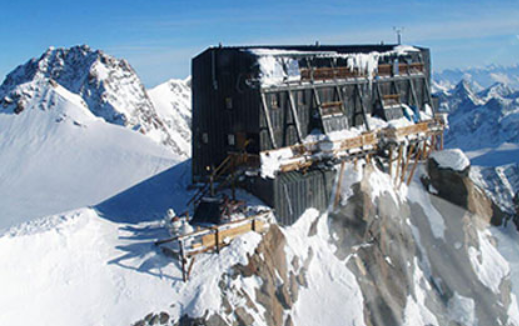
How auditing is preparing me for the Tour De Monte Rosa (Switzerland and Italy) Part #3
Preparation is Key!
Preparation is really peaking at the moment. All the things that make this real are happening!
I have had my Doctors Health Check which included things like:
- Any recent operations (specifically knee or joint operations)
- Asthma, diabetes, epilepsy, high blood pressure, cholesterol, heart disease, depression, phobias or allergies
- General health checks for BMI, blood pressure, blood sugar level, pulse rate
- And last but not least my GP had to sign me of on being ‘fit’ enough to complete the Trail
I instantly thought of health surveillance here which is clearly stated in clause 4.5.1.2 Health Surveillance in AS/NZS 4801:2001. Looking in ISO 45001:2018 I found that health surveillance gets a mention in ISO 45001 Annex A under A.9.1 Performance Evaluation where it states that an example of what could be monitored and measured can include, but are not limited to 1) occupational health complaints, health of workers (through surveillance) and work environment. It also appears in A.8.1.2 Eliminating hazards and reducing OH&S risks under d) administrative controls where it states managing a health or medical surveillance programme for workers who have been identified as at risk.
Now remember That Annex A is the Guidance for use section of the Standard and it is not what we audit or raise nonconformances against. It certainly does help us to understand the requirements when we are developing and improving our OH&S management system though.
Something else that stood out to me and actually made me chuckle at the time, was the Doctors Letter provided by the Tour Group explaining the conditions on the Trek. I’m guessing this is to ensure my GP had a full understanding of what I was getting myself into and maybe giving me a full understanding as well!
Your patient may ascend to altitudes above 4000m; their body has to acclimatize to the decreasing amount of oxygen available. If the ascent is too fast and/or the height gain too much, these acclimatization mechanisms do not have time to work, and symptoms and signs of altitude illness will appear.
Conditions on this climb are challenging, strenuous and physically demanding, with particular demand on the heart, lungs, knees and joints. Some parts of the area that we trek is inaccessible by helicopter or any other emergency service. There is no access to emergency first aid or medical facility in some areas of the Alps.
Please advise your patient that they needed to be undertaking a suitable training program and they will need to be of a high level of fitness and in good physical condition.
Wow! So that really makes you want to do it even more doesn’t it! So, this might be why I have to sign an Assumption of Risk form, do you think? This is the form where I state that I accept all the inherent risks of the proposed adventure trip and accept the possibility of personal injury, death, property damage or loss.
Now, I had to have a think about this one and discuss with a well-respected work colleague as to where this might align with ISO 45001.
I certainly welcome your thoughts on this as well so please feel free to comment.
So, I’ve gone up the path of communication with this one. ISO 45001 Clause 7.4 Communication, 7.4.1 General where it states that when establishing its communication process(es), the organisation shall take into account its legal requirements and other requirements and to ensure that OH&S information to be communicated is consistent with information generated within the OH&S management system, and is reliable. This essentially means that the information is to be factual and able to be verified. Clause 7.4.3 External communication further supports this by stating that the organization shall externally communicate information relevant to the OH&S management system, as established by the organization’s communication process(es) and taking into account its legal requirements and other requirements.

It’s getting exciting now!
Eccitante!
Aufregend!





